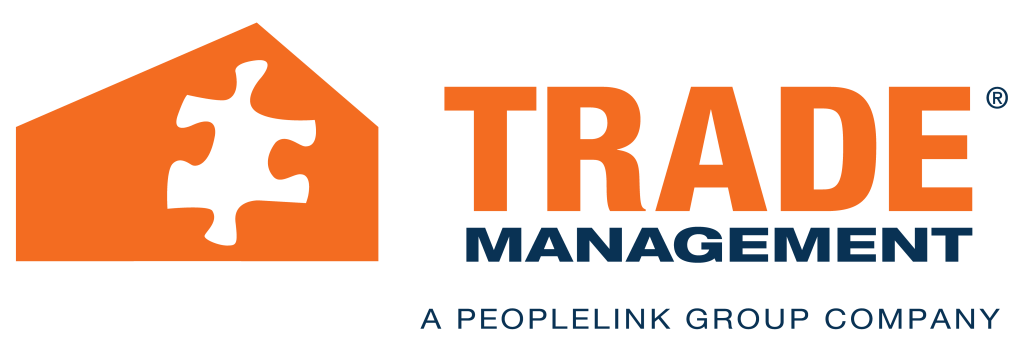Construction skills are key to completing onsite projects. Examples of these skills include machine operation, masonry, carpentry, and project management.
Proficiency in math, the ability to use common tools, and adherence to safety rules are important to construction employers. Demonstrating your construction skills can help you land the job that is right for you.
Follow these guidelines to improve your construction skills.
Stay Physically Fit
Maintaining your physical fitness increases your construction work performance. This also minimizes your risk of injuries. You can reach these objectives by eating healthy foods, exercising daily, and performing tasks that require dexterity and hand-eye coordination.
Embrace Technology
Staying current on construction technology promotes professional development. One example is reality capture, where you gather real-time information about project sites through drones, laser scanners, or other technology. Construction professionals use the information gathered to make decisions and determine their course of action.
You can regularly read professional websites and publications to learn about the latest developments in construction technology. You also can spend time using mobile apps, drones, and other emerging technology relevant to your work.
Learn New Construction Techniques
Methods to perform construction tasks like pipe fitting and drywall finishing continue to improve. Newer skills include working with modular construction practices, construction robotics, and offsite manufacturing strategies. These modern methods of construction minimize labor costs and improve construction quality, as well as reducing the time to complete projects.
Updating your construction techniques increases your on-the-job efficiency. You can develop your methods by reading industry publications, watching professional videos, or working with experienced construction professionals.
Participate in Classes
By remaining current on building materials, tools and equipment, and processes, you add value to construction projects. Consider engaging in continuing education through online classes, community colleges, or trade schools. You may want to take a heavy equipment operation class through a construction equipment manufacturer.
Engage in Safety Courses
Prioritizing safety is important for construction work. You may regularly read regulatory websites or publications, take safety classes, or earn safety certifications. OSHA offers free, and low-cost courses focused on important safety protocols.
Develop Your Soft Skills
Strong interpersonal skills are increasingly important as automation becomes more common. Your ability to interact professionally with others enhances your work performance.
For instance, displaying effective verbal, nonverbal, and written communication minimizes accidents, injuries, errors, and delays in completing projects. Also, through critical thinking, you can quickly adapt to project changes. Additionally, conflict management minimizes disruptions that could delay project completion.
You can develop your soft skills by reading about best practices in industry publications. Then, you can implement what you learned while on the job.
Looking for a Construction Job?
Partner with Trade Management to land a construction job that fits your goals and interests. Register with us today.










